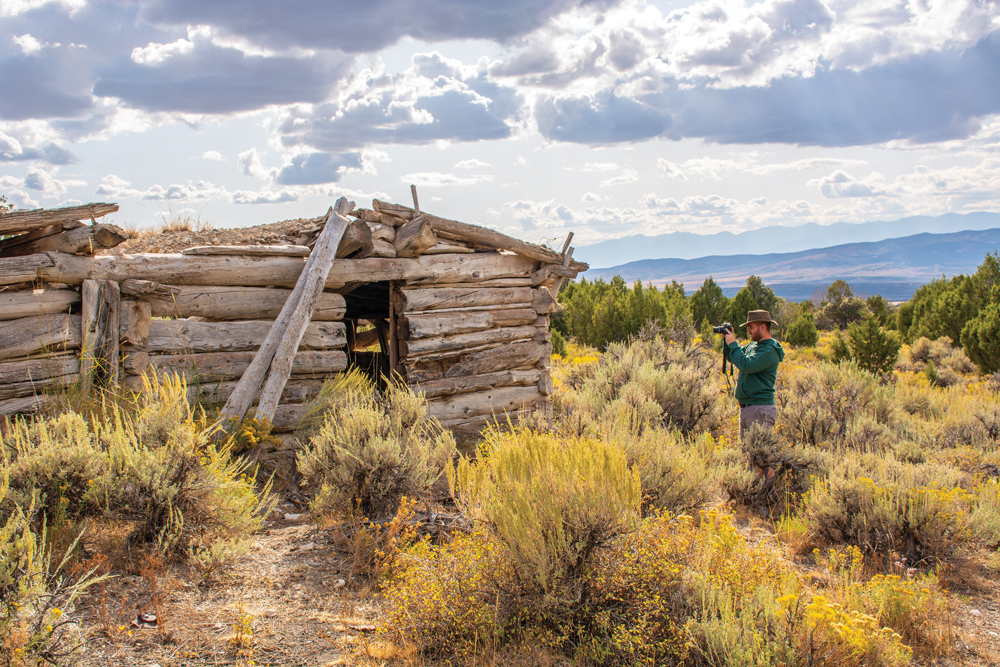The Ghosts of Elko County
Fall 2022
Explore these once-thriving settlements in the wild hills of northeastern Nevada.
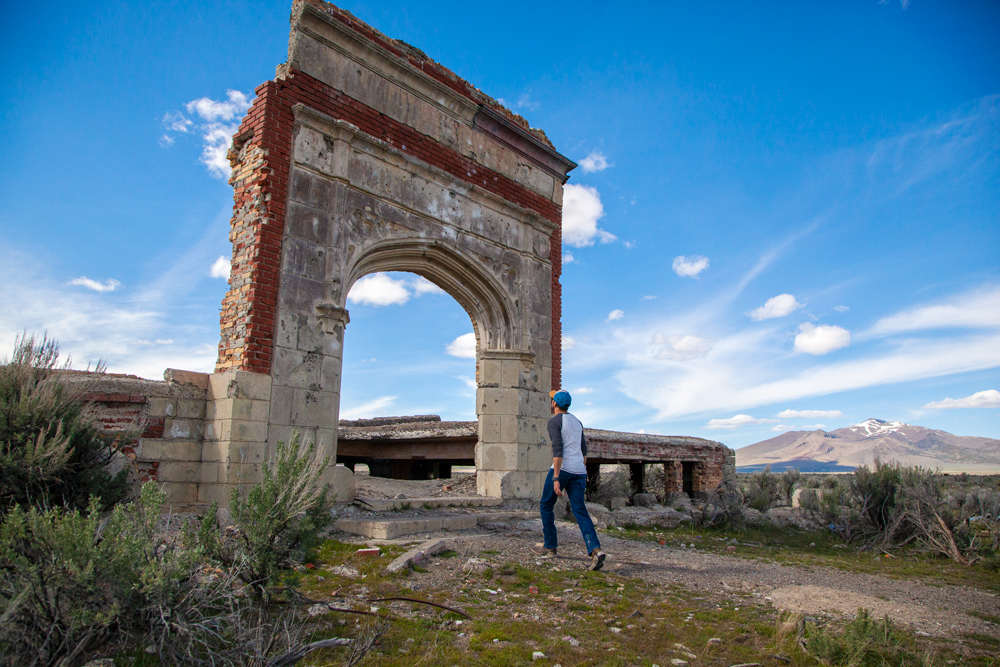
Welcome to the fourth-largest county in the entire nation. Elko County is home to the Ruby Mountains—one of Nevada’s most prized ranges—and some of the largest gold mines in the world. Many flock to this corner of the state for verdant alpine vistas, hearty Basque cuisine, top-notch gaming, and a dose of cowboy culture.
You’ll find plenty to do in the towns running along I-80, but outside that corridor, nearly 20,000 square miles of untamed country and some of the state’s best ghost towns await exploration.
METROPOLIS
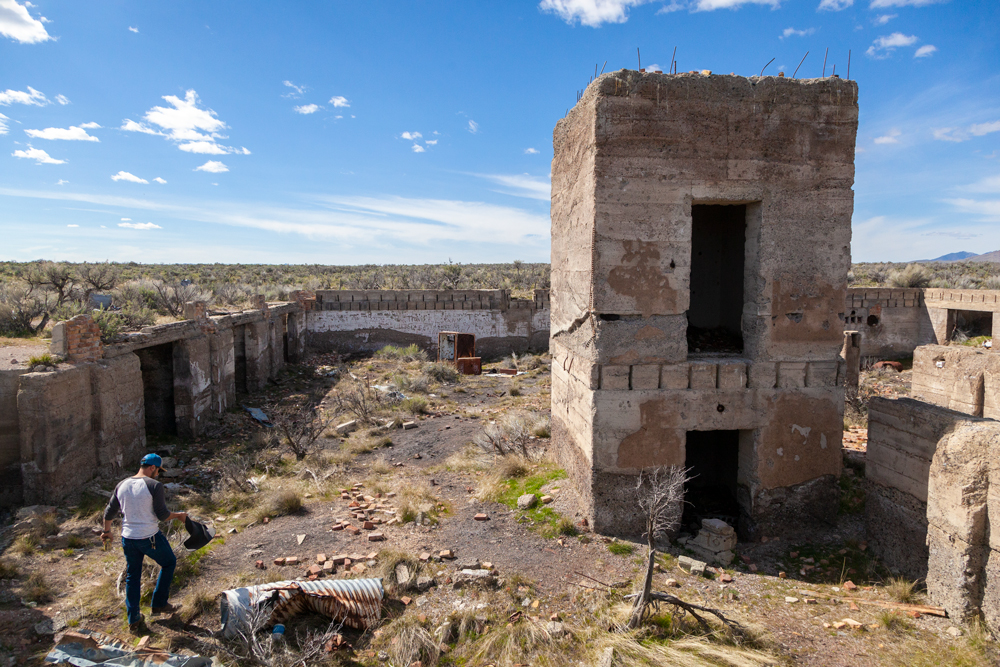
To adapt a line from Tolstoy, all prosperous towns are alike, but the ones that fall apart do so under circumstances entirely unique to themselves. For Metropolis, it all came down to water rights.
Unlike many Western towns haphazardly assembled near the latest ore strike, Metropolis was a planned community. In 1909, East Coast investors deemed a sagebrush valley 15 miles north of Wells as the place they would build a modern farming town.
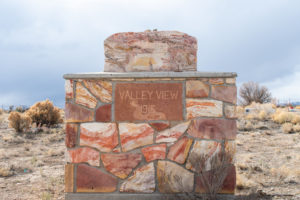
By all appearances, the town’s name of Metropolis was a self-fulfilling prophecy. Settlers—attracted by advertisements of cheap farmland—moved in by the hundreds. A railroad connection was built, while sidewalks, streetlamps, fire hydrants, parks, and a four-block commercial district were set up in advance for future residents. But trouble was not far off.
Water has always been a scarce resource in the western states, and Metropolis’ proposed 40,000 acres of farmland proved a strain for communities downriver. In 1914, farmers around the area sued for water rights, and Metropolis was granted only 10 percent of the water it expected. This setback was compounded by drought, fire, and a cricket invasion right out of the Old Testament.
Metropolis declined, though it wouldn’t be completely abandoned for another three decades. Throughout the 1920s, it was home to 2,000 residents who enjoyed all the trappings of modern life in a city literally built for them.
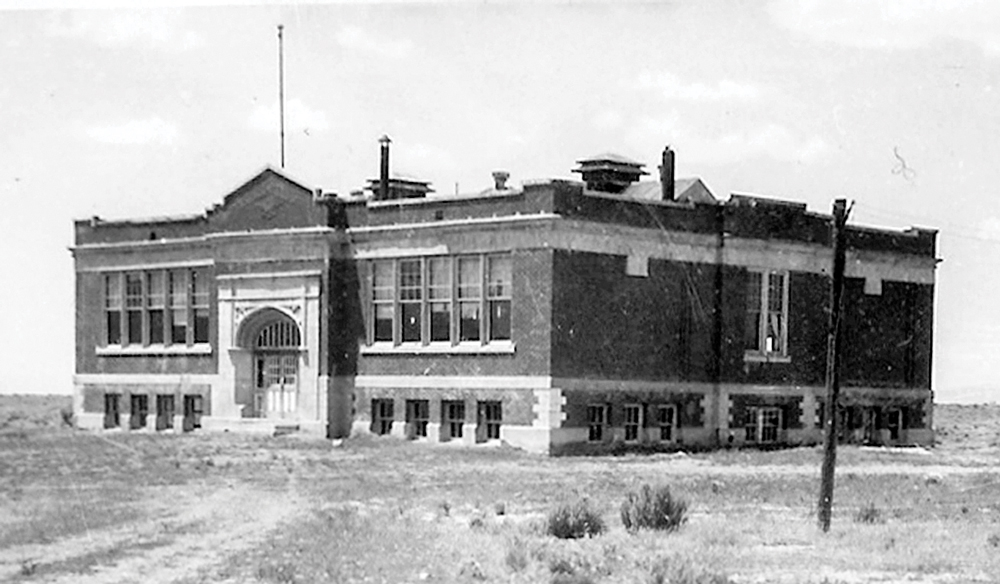
Little of this great civic experiment is left today, though the remains are well worth a visit. Pulling into town, you’ll find the substantial ruins of the Metropolis Hotel and a nearby historic marker. Further up the road is the ghost town’s most conspicuous landmark: the schoolhouse archway. The school’s basement is still relatively intact, though it has seen a fair bit of modern graffiti. While wandering on or around the structure, watch your step.
JARBIDGE
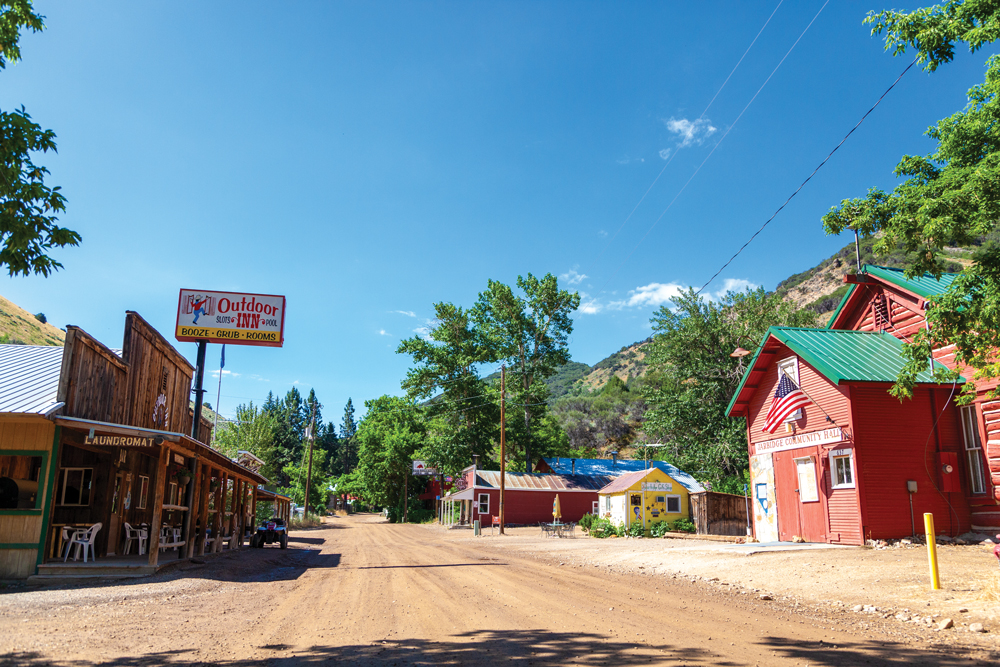
 One of America’s last gold rushes took place within a deep canyon near the Idaho border. The discovery of gold in 1909 led to a makeshift town of 1,500 within the year. Like all boomtowns, people soon moved, but not because the gold was gone.
One of America’s last gold rushes took place within a deep canyon near the Idaho border. The discovery of gold in 1909 led to a makeshift town of 1,500 within the year. Like all boomtowns, people soon moved, but not because the gold was gone.
Although it might sound strange, winter in the northern Great Basin Desert can be a tough season. The mountains surrounding Jarbidge are above 10,000 feet, and the snowpack can reach more than a dozen feet. It was the harsh winters that drove many settlers out of early Jarbidge—though many would return each year after the thaw.
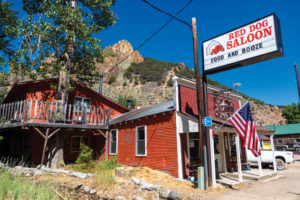 Today, around a dozen residents call this town home year-round, and summer visitors can enjoy the century-old remains, including two working saloons, a historic jailhouse, and a handful of overnight accommodations.
Today, around a dozen residents call this town home year-round, and summer visitors can enjoy the century-old remains, including two working saloons, a historic jailhouse, and a handful of overnight accommodations.
Travel to Jarbidge for the history, but stick around for the outdoor experience. The town is surrounded by gorgeous aspen-laden forests, pristine streams, and towering peaks; whether you’re looking to hike, fish, or camp, you’ll find your piece of heaven in this remote wilderness.
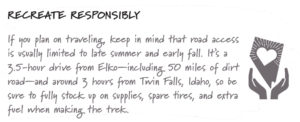
SPRUCEMONT
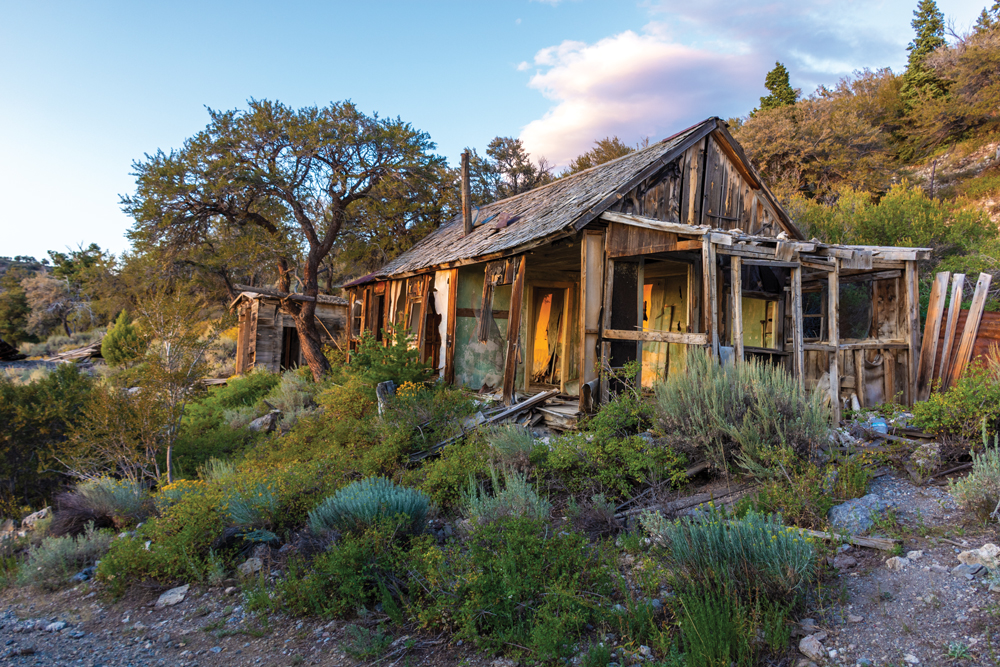
 The U.S. is home to more than 3,000 ghost towns, and more than 600 of those are in Nevada. Most are patches of earth picked clean by nature and passersby, while some include a few leaning homesteads amid collapsed rubble. A rare few are in such a condition that visitors truly get the sense they are walking through an abandoned town.
The U.S. is home to more than 3,000 ghost towns, and more than 600 of those are in Nevada. Most are patches of earth picked clean by nature and passersby, while some include a few leaning homesteads amid collapsed rubble. A rare few are in such a condition that visitors truly get the sense they are walking through an abandoned town.
Sprucemont is but one of a handful of towns that arose up in the piney hills near the Ruby Mountain’s eastern slope. Between 1869-1930, the area saw a series of booms, abandonments, and brief revivals. Half a dozen mines were dug out over 4 miles, and hundreds of residents built their log cabins and businesses in what was known as the Sprucemont District.
Perhaps due to its remote location and relatively recent abandonment after World War II, Sprucemont is still in remarkable condition. Dozens of structures dot the landscape, and the remains of a half dozen mines can be found throughout the foothills. Access to the site is difficult, however, and a trip should only be attempted with a high-clearance vehicle.
